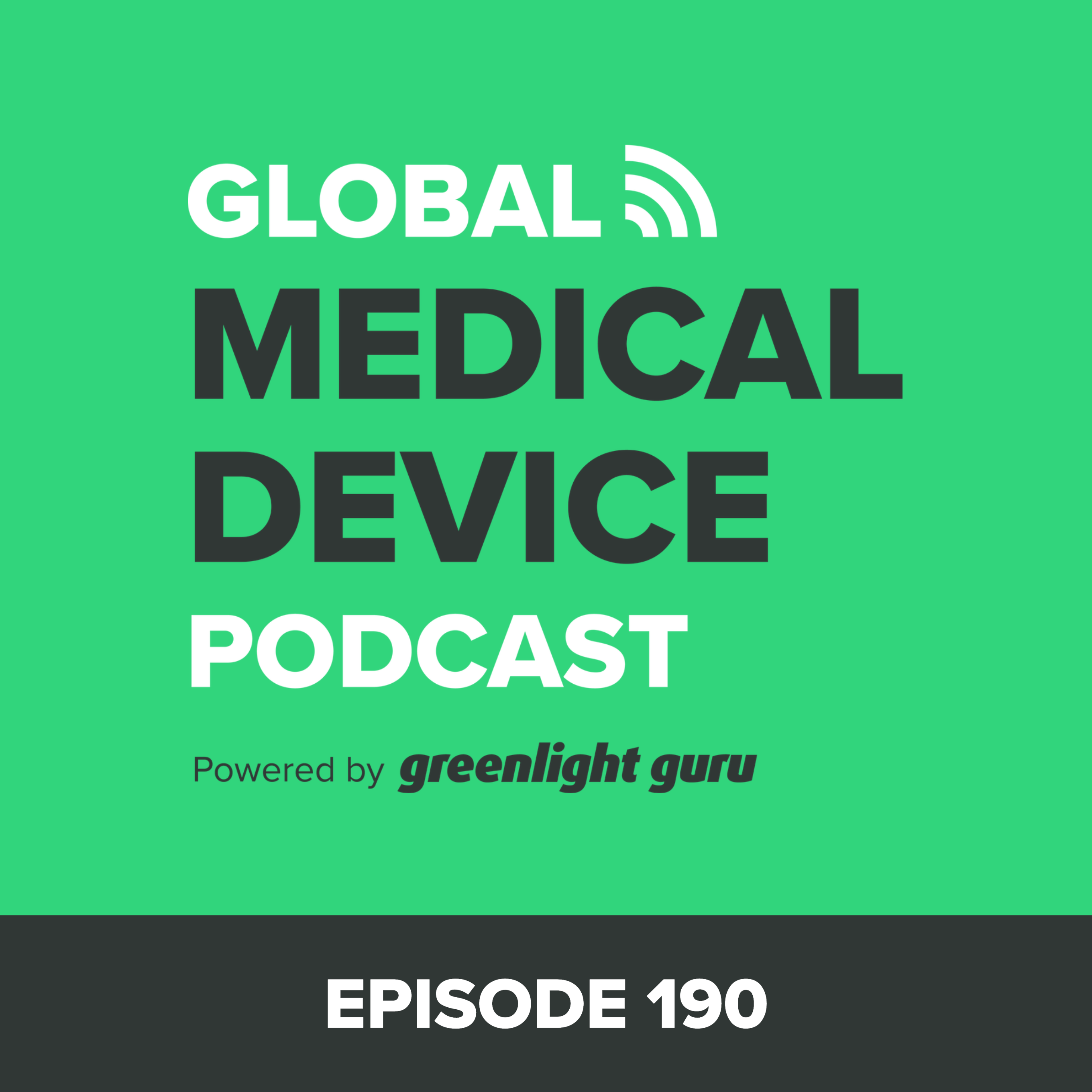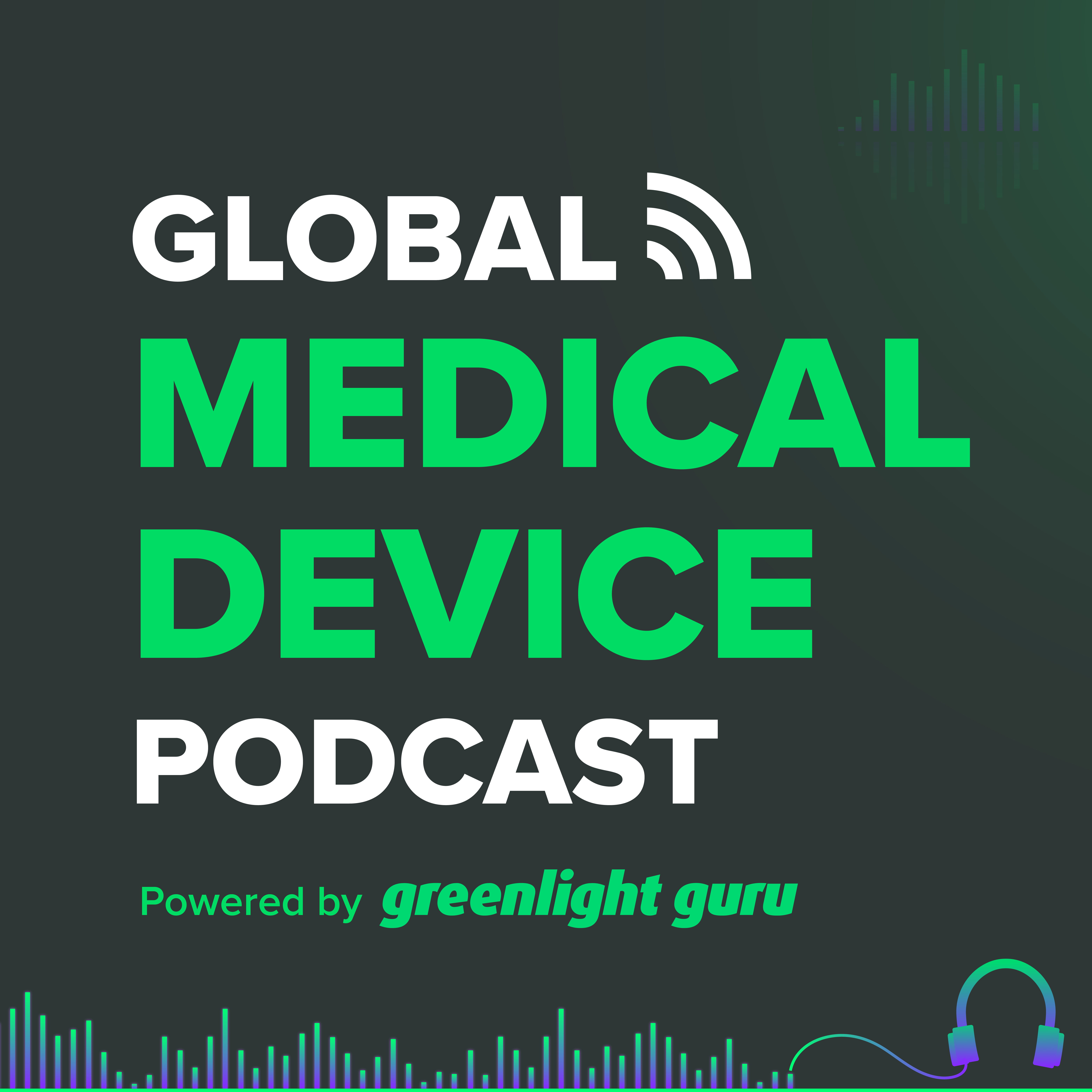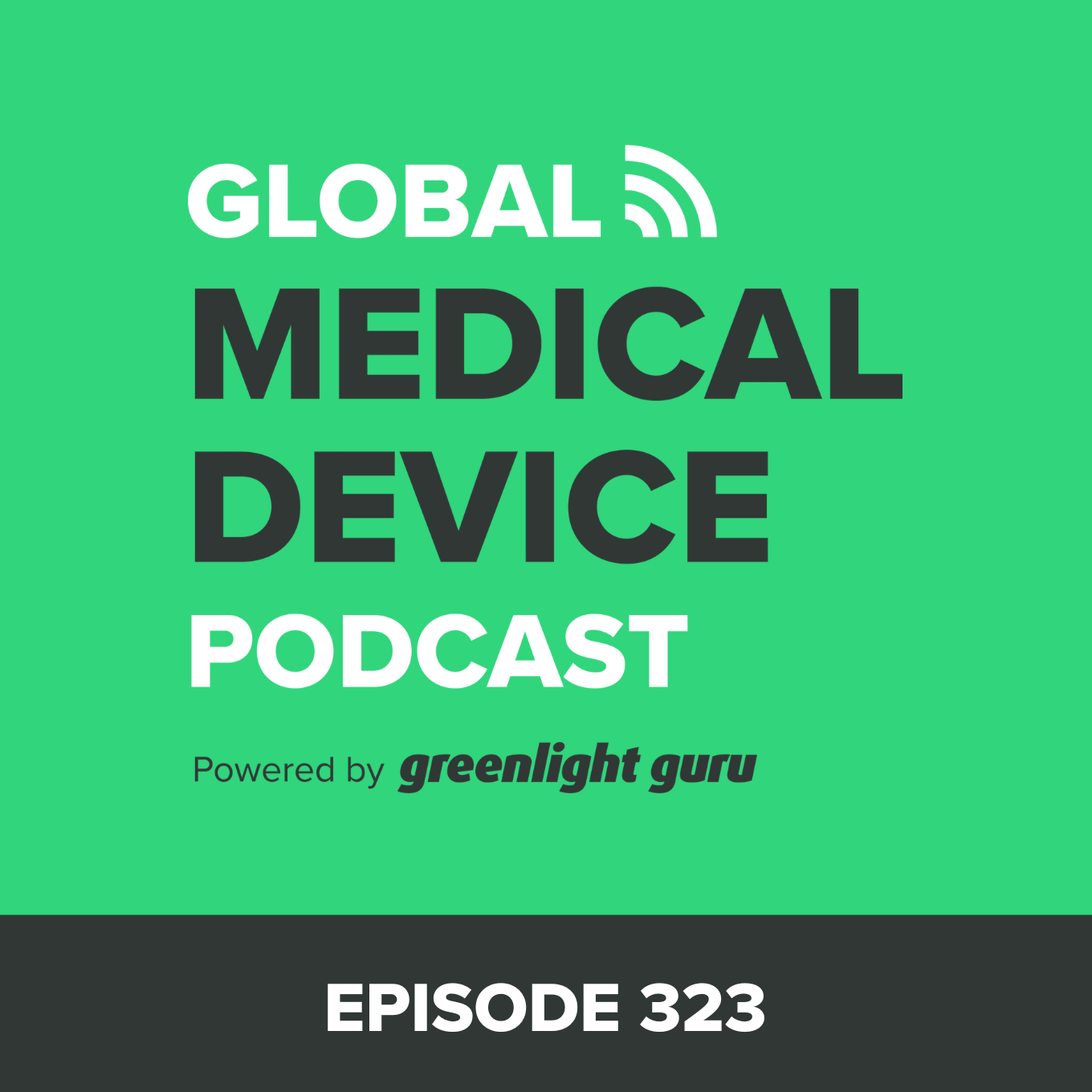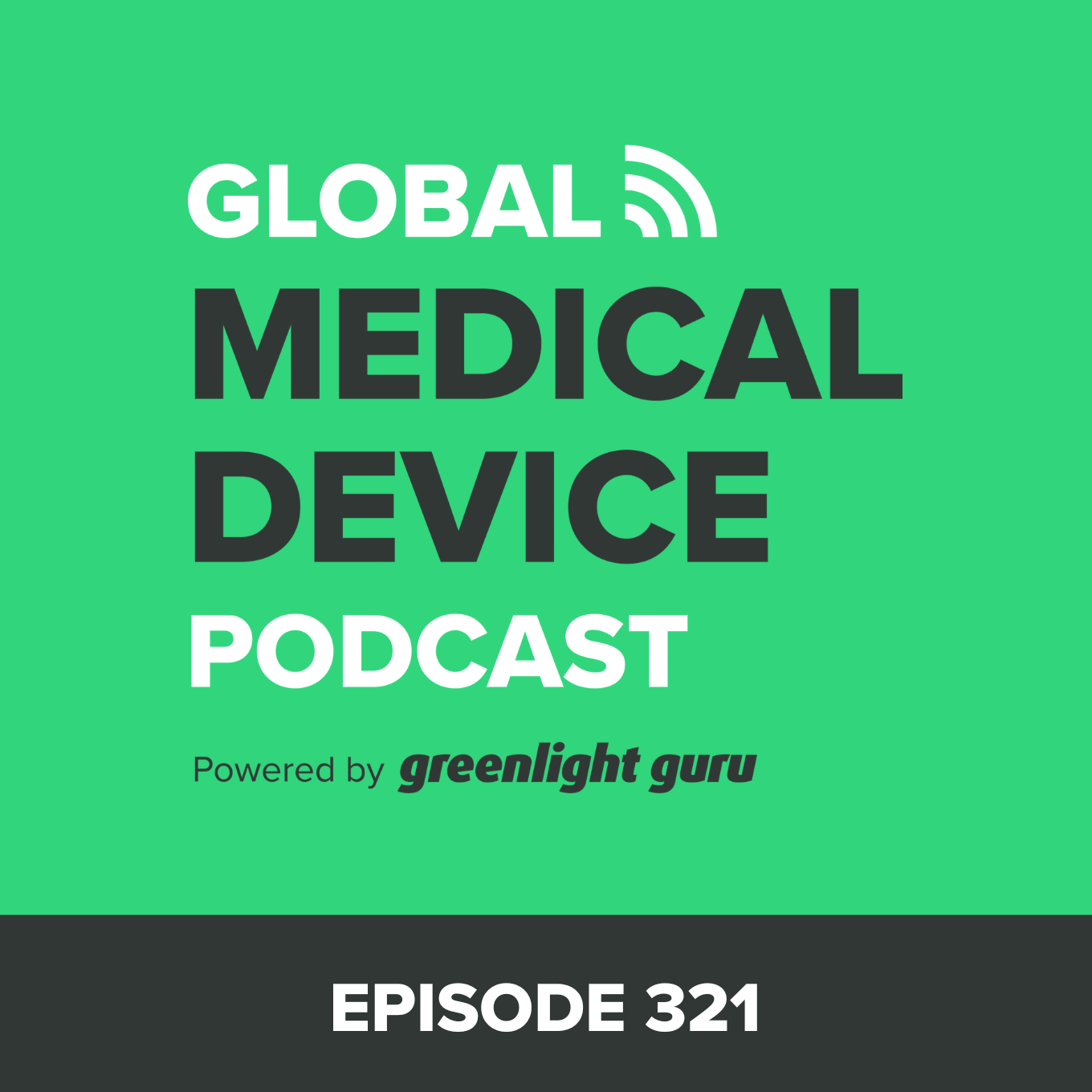Learning about the Real-world Impact of Design, Manufacturing, Quality & Culture on Patients
- 0.5
- 1
- 1.25
- 1.5
- 1.75
- 2
DESCRIPTION
Why is design, manufacturing, quality, and culture so important in the medical device industry?
These key elements must exist and function in synchrony so that a medical device can save and improve patient lives.
In this episode of the Global Medical Device Podcast, Jon Speer talks to Dan Purvis, CEO at Velentium—a design, development, and manufacturing firm that takes medical devices through an entire lifecycle.
Dan gives listeners an update on Project V, an initiative involving the mass production of ventilators comprising five separate devices aimed at saving lives and meeting worldwide demand in response to COVID-19.
Some highlights of this episode include:
- Velentium partnered with Ventec Life Systems, General Motors (GM), and the U.S. Government to build 30,000 ventilators and 141 manufacturing test stands in a 6-8 week period for Project V.
- Managing Manufacturing: The challenge with COVID is that so much is unknown. CDC provides guidelines for who can/cannot be in your facility, but not for who should/should not be allowed in your facility.
- Humans are hurting because of COVID. The gain or loss of productivity focuses on these key areas: Messiness of COVID, quality manufacturing, and culture of safety. How can a company maintain a culture of empathy, and at the same time, get a job done to pay the bills?
- Top Tips and Best Practices:
- Data Repositories: Move, store, and transition source code files, data, and other information as soon as possible to the Cloud.
- Design and Development: Foster a culture of understanding, efficiency, and flexibility.
- Four Variants of Design:
- Design for Manufacturability: Device passes design controls and receives approval, but it is extremely expensive and/or impossible to make.
- Design for Test: Testing throughout as you go, including product characterization testing and design verification testing.
- Design for Longevity: Manufacturable but think about design materials around longevity-oriented parts.
- Design for Quality: Analyze for number of times used, shelf-life, patient safety, and cybersecurity.
Memorable quotes from Dan Purvis:
“That project was extremely successful. Thirty-thousand ventilators were built in Kokomo, Indiana, in an automotive factory that had not ever built a ventilator before.”
“When you send these devices out into the marketplace, one hospital at a time, you can be assured that they’re going to do good just like they were intended to.”
“Remind people that this is the real deal. Most of us, if not all Americans at this point, know someone who has passed away. Or, they know someone who knows someone who has passed away.”
“The science is clear that when we are masked up and distanced, we have a much better chance of not spreading the disease.”






